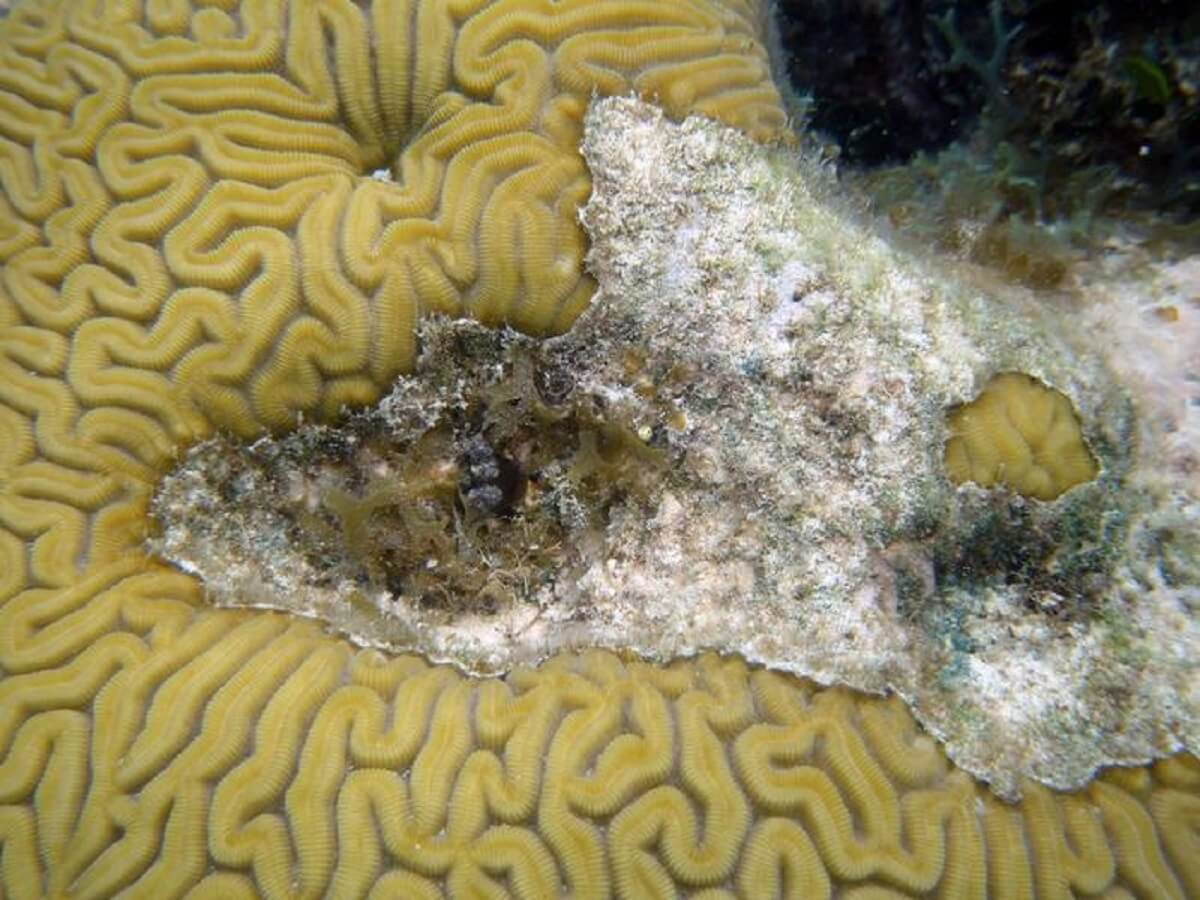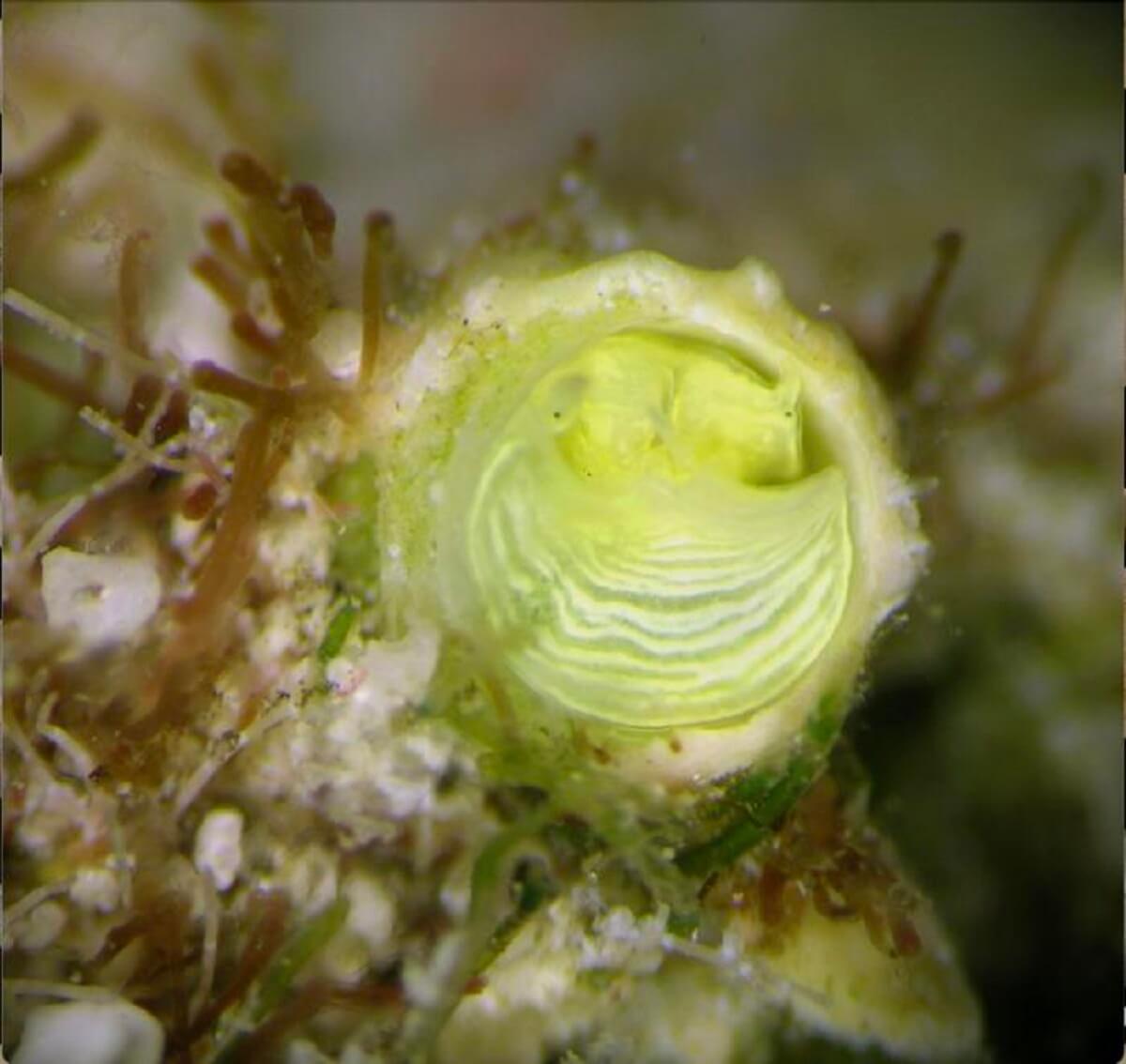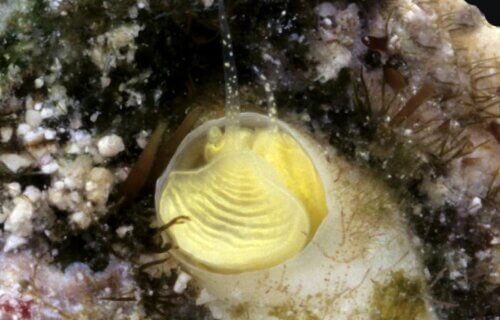CHICAGO — A newly discovered bright lemon-hued snail species in the Florida Keys has earned its name from the region’s famous Margarita cocktail. The marine creature’s vibrant citrus shade might be a defensive mechanism against predators, according to researchers.
The Florida Keys, a chain of tropical islands, boasts the only living coral barrier reef in the continental United States and is home to numerous unique species. Enter the Margarita snail.
These eye-catching yellow creatures, along with their lime-green counterpart from Belize, are distantly related to the common land snails, known for their garden slime trails. Unique in their habitat choices, these worm snails typically settle down early in life, anchoring themselves to a spot, never to move again.
“I find them particularly cool because they are related to regular free-living snails, but when the juveniles find a suitable spot to live, they hunker down, cement their shell to the substrate, and never move again,” explains the study’s lead author, Dr. Rüdiger Bieler, in a media release. “Their shell continues to grow as an irregular tube around the snail’s body, and the animal hunts by laying out a mucus web to trap plankton and bits of detritus.”

Having dedicated over 40 years to studying Western Atlantic invertebrates, Dr. Bieler, also the curator of invertebrates at Chicago’s Field Museum, expressed surprise at only recently encountering these snails, highlighting their inconspicuous nature. He identified these species as relatives to the invasive “Spider-Man” snail discovered off the Florida Keys in 2017.
“Many snails are polychromatic – within the same species, you get different colors. In a single population, even a single little cluster, one might be orange, one might be gray,” Dr. Bieler notes. “I think they do it to confuse fish and not give them a clear target, and some have warning coloration.”
The researchers initially believed the lime-green and lemon-yellow snails to be of the same species. However, DNA sequencing revealed stark differences.
Consequently, the team introduced a new genus for these snails, named Cayo (Spanish for “small, low island”). The yellow snail became Cayo margarita, inspired by Jimmy Buffet’s “Margaritaville.” The lime snail was christened Cayo galbinus, translating to “greenish-yellow.”
Notably, these Cayo snails share characteristics with another worm snail genus, Thylacodes. Despite being only distantly related, both have vibrantly colored heads emerging from their shells.

“Our thought is this is a warning color. They have some nasty metabolites in their mucus. That also might help explain why they’re able to have exposed heads – on the reef, everybody is out to eat you, and if you don’t have any defensive mechanism, you will be overgrown by the corals and sea anemones and all the stuff around you,” Dr. Bieler hypothesizes. “It seems like the mucus might help deter the neighbors from getting too close.”
With global water temperatures rising and coral reefs dying, these snails may rapidly multiply.
“It’s another indication that right under our noses, we have undescribed species. This is in snorkeling depth in a heavily touristed area, and we’re still finding new things all around us,” concludes Dr. Bieler.
The study is published in the journal PeerJ.
You might also be interested in:
- 150 million-year-old marine fossil named after Ukraine President Volodymyr Zelensky
- Mamma Mia! Meet the new spider species named after pop band ABBA
- Best Cocktail Recipe Books: Top 5 Mixology Guides Most Recommended By Experts
- Best Resorts In Florida: Top 5 Sunshine State Stays Most Recommended By Experts
South West News Service writer Stephen Beech contributed to this report.

